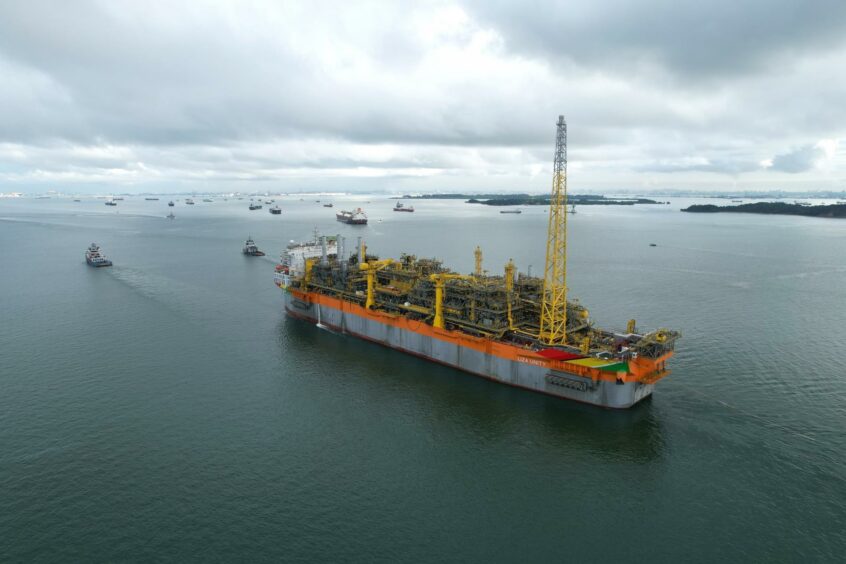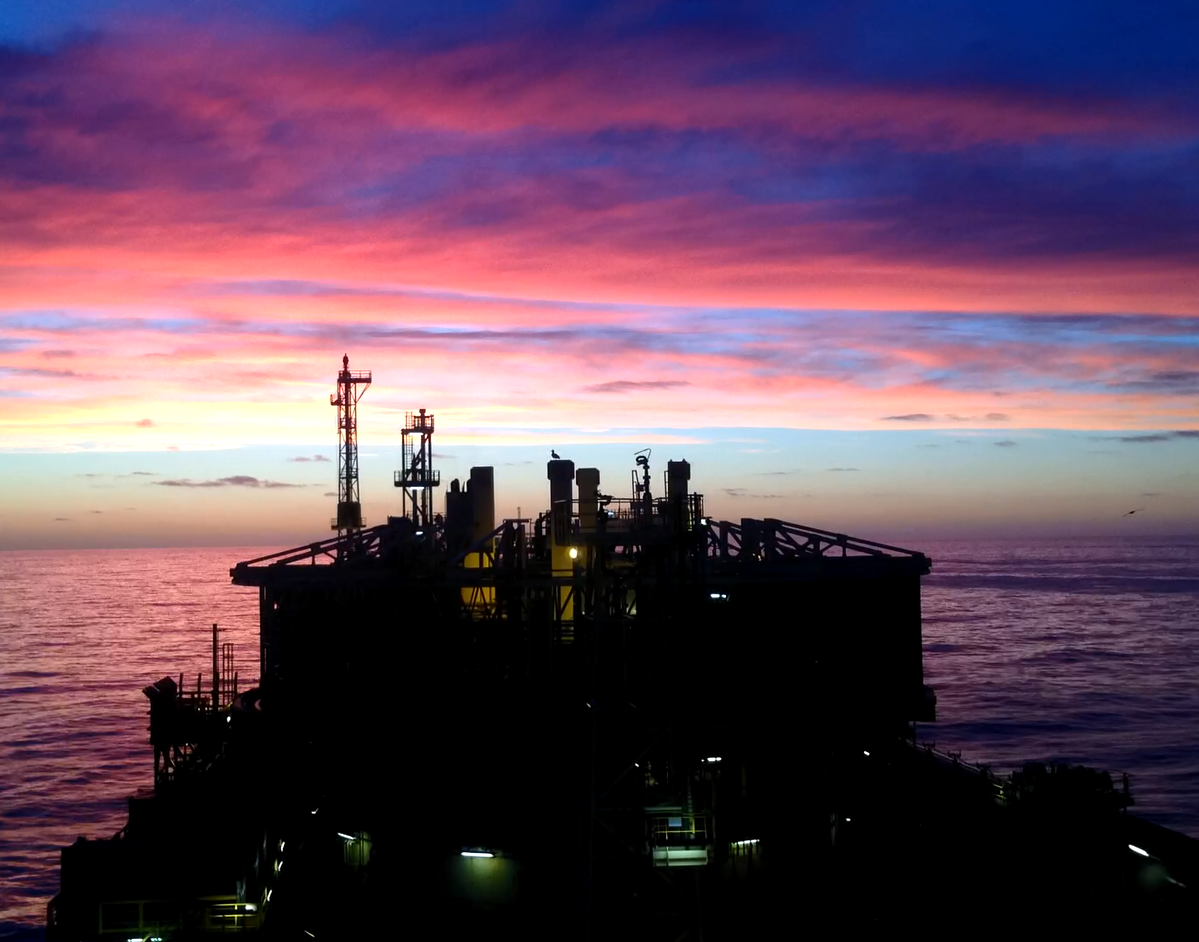
Guyana has published a draft strategy on developing gas, which could also lead to faster development of its oil resources.
ExxonMobil (NYSE:XOM) has rolled out an aggressive programme of FPSO installations. It has approved five such developments, with a sixth – Whiptail – under consideration. These would provide around 1.2 million barrels per day of oil.
Guyana’s gas strategy noted another four FPSOs may be deployed by 2030.
Another way is possible. The draft strategy paper noted that if development shifted towards subsea developments, with manifolds, this could provide another option for handling gas and condensate.
This would be “significantly more cost efficient and faster to deploy that the current FPSO approach, which is necessary due to lack of available gas and condensates evacuation infrastructure”. A collaborative approach, between the government, upstream operators and private infrastructure developers, would “ensure the timely development of all of Guyana’s O&G resources”.
Guyana will attempt to secure private investment in gas infrastructure. Such a move would protect the government from the risk of securing the debt needed, or through the current production-sharing contract (PSC) structure.
Stabroek plans
This “will significantly accelerate revenues to the [government] given the current upstream plans and FPSO deployment by the Stabroek Consortium”.
Exxon’s Stabroek block holds around 17 trillion cubic feet of recoverable gas resources. All gas is currently reinjected but there are plans to produce around 50 million cubic feet per day from the Liza field to drive onshore power.
Exxon has said the plan is for this gas-to-power plan to start up by the end of 2024. A notice to mariners this month said pipelaying had begun. It should conclude by the end of this year.
The Stabroek block has two distinct areas, the policy paper said. The northern part has most of the developments. In the southern part of the block, though, the geology is similar to that in Suriname. That is, with compartmentalised structures of condensates and a mix of low and high liquids yield/gas oil ratios.
These low-liquid yield finds trap a “large proportion” of the discovered oil. These resources “will not be able to be developed and monetised unless infrastructure solutions for the evacuation of gas are put in place in tandem with the associated gas that is being recycled today in the current production operations”.
The strategy paper went on to say demand was crucial to developing the gas sector. The paper presented various options such as LNG, methanol, blue hydrogen and ammonia, or smelting and manufacturing.
However the country moves ahead with its development plans, the paper noted there was a need to act quickly. The future for gas is “wildly uncertain” so the best time to begin developing “is now”.
Recommended for you

